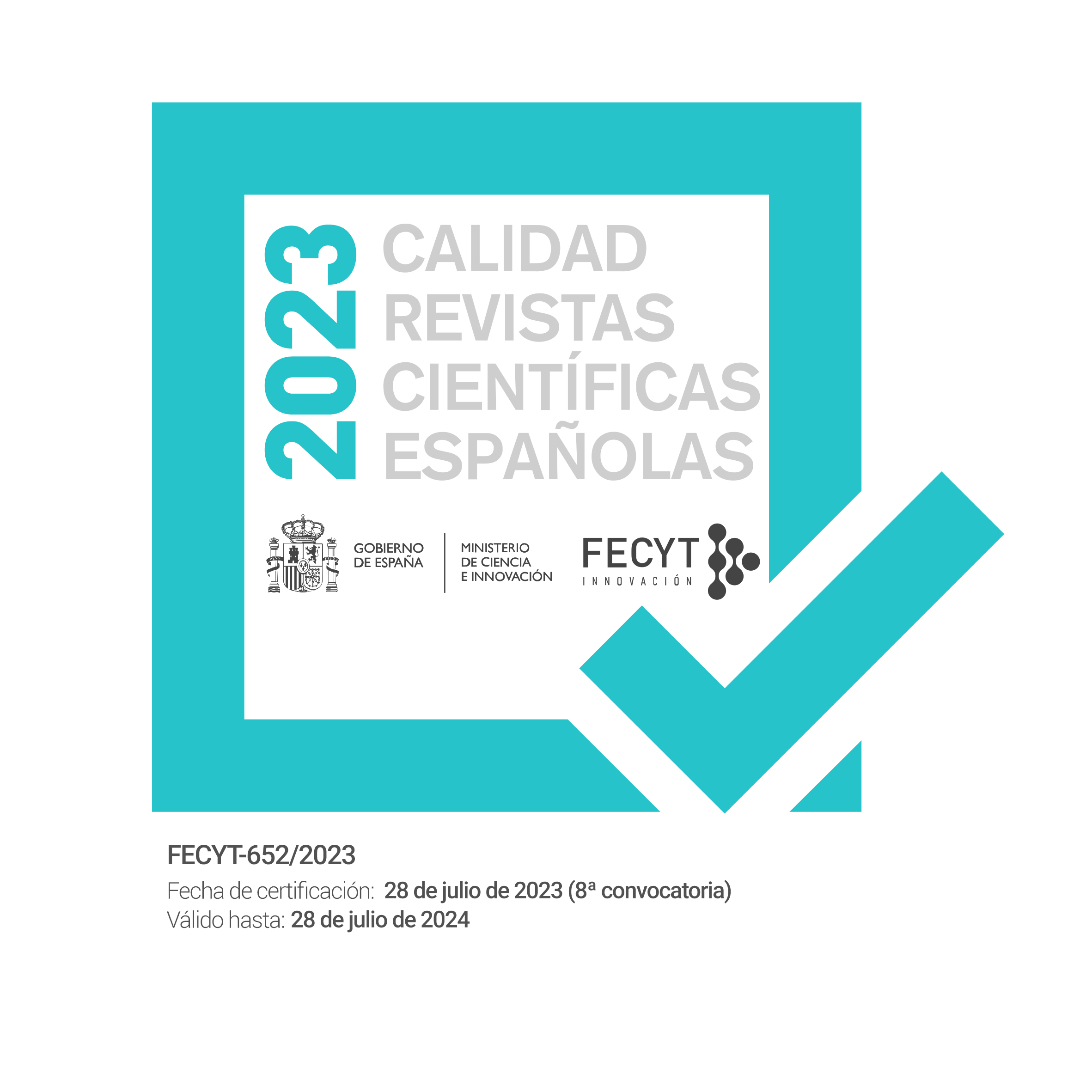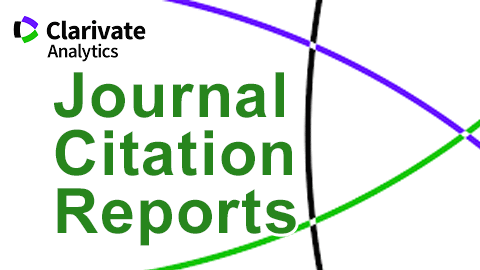Asymmetries in Child Foreign Language Acquisition: Production and Interpretation of L2 English Subjects
DOI:
https://doi.org/10.58859/rael.v21i1.496Palabras clave:
subjects, child foreign language acquisition, minimal input, English as a Foreign Language, asymmetryResumen
Child language acquisition in foreign language contexts with limited exposure is often a slow process where initial stages of development last longer than in L2 contexts or in adult learners. Exploring this context may provide insights into the nature of the acquisition process and how it is reflected in the data. This study explores young learners’ subject pronoun interpretation and realization in their non-native English. Thirty-seven Catalan/Spanish foreign language learners of English, aged nine to ten were tested on their grammatical knowledge of subjects (interpretation and production tasks). Whereas children show null subjects transferred from their L1 in the interpretation task, rates of null subjects are lower in production. The asymmetries found appear to be linked to the nature of the production of pre-learned structures, which masks the null subject grammars of the learners in this task. Our data contribute to the characterization of foreign language development in an early learning context.
Descargas
Publicado
Número
Sección
Licencia
Derechos de autor 2023 Elisabet Pladevall-Ballester, Eloi Puig-Mayenco, Susagna Tubau, Montserrat Capdevila

Esta obra está bajo una licencia internacional Creative Commons Atribución-NoComercial 4.0.
Reconocimiento – No comercial (CC BY-NC). Bajo esta licencia el usuario puede copiar, distribuir y exhibir públicamente la obra y puede crear obras derivadas siempre y cuando estas nuevas creaciones reconozcan la autoría de la obra original y no sean utilizadas de manera comercial.
Los autores retienen todos sus derechos de publicación y copyright sin restricciones.









